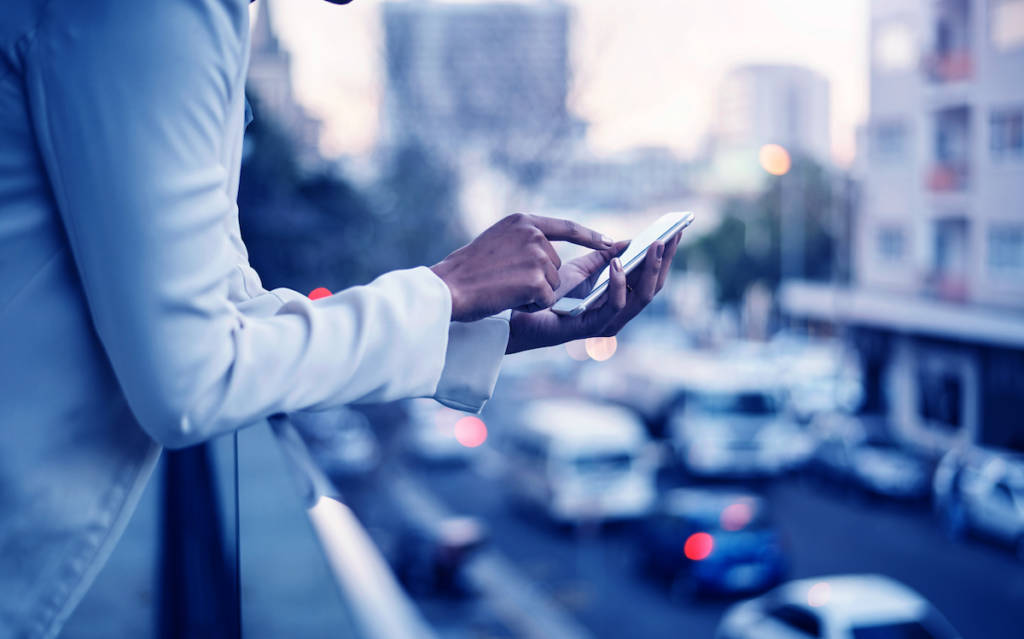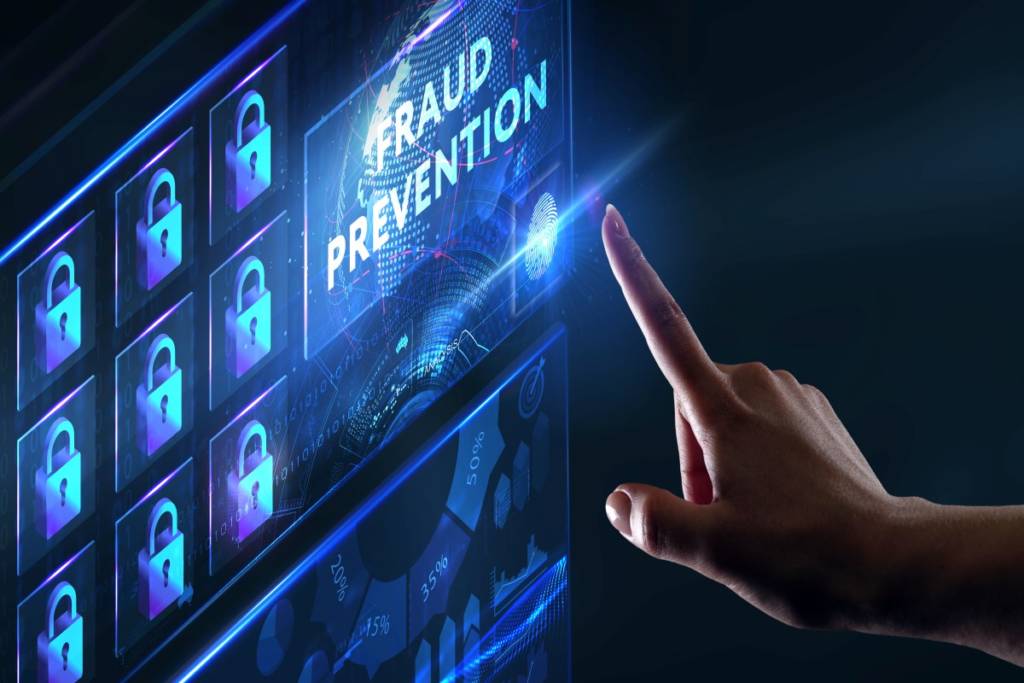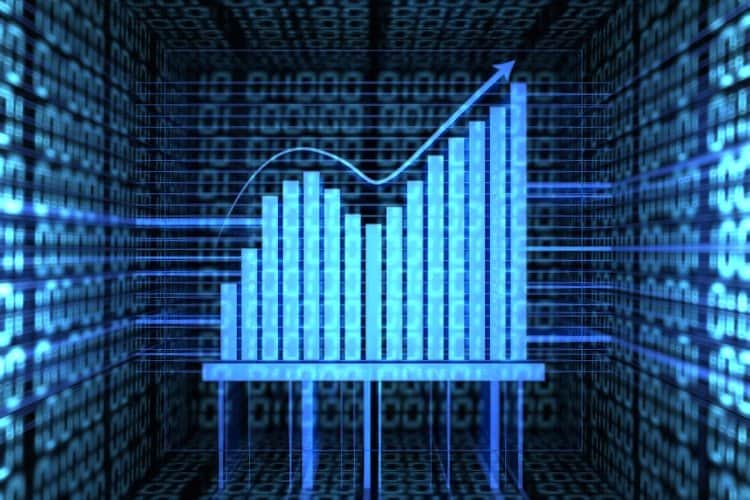Toward the end of last year, I mused about Millennials, Blockchain and SaaS. I want to follow up with a deeper look into Millennials and specifically how they use financial services and payment instruments. We’ve worked with two great research firms, Aite Group and Forrester, to generate some compelling insights about Millennials in the United States.
As many of you know, the Millennial generation represents the largest age demographic, and as they reach their prime working and spending years, their impact on the economy is no doubt going to be huge. Millennials, including yours truly, have come of age during a time of technological change, globalization and economic disruption. That’s given us a considerably different set of behaviors and experiences than our parents.
We’re also the first generation of digital natives, and our affinity for technology helps shape how we shop, consume and bank. We are used to instant access to price comparisons, product information and peer reviews. We are literally building a different way of consuming information, products and services, but does this transfer to the business world?
The data from Forrester confirms what many of us have expected – US Millennials plan to and are using payment instruments differently from other generations. This is consistent in the retailing and banking world. For example –
- 49% of Millennials have used PayPal to purchase goods in the last 3 months compared with 40% of the rest of the US online population (Source: Forrester’s Global Consumer Technographics Online Benchmark Survey, 2015).
- 6% have used ApplePay in the last 3 months, with less than 2% among the other demographics having used it at all (Source: Forrester’s Global Consumer Technographics Online Benchmark Survey, 2015).
- Surprisingly, 15% of Millennials have used checks to pay for goods. This compares to close to a third of the rest of the US online population (Source: Forrester’s Global Consumer Technographics Online Benchmark Survey, 2015).Given the amount of debt that Millennials have, they are less averse to using credit cards, with 46% using credit cards, compared with results north of 60% for Boomer and older demographic segments (Source: Forrester’s Global Consumer Technographics Online Benchmark Survey, 2015).
The trend continues in the banking world; the data backs up the often stated thought of Millennials as fast adopters of technology –
- 17% would use biometrics on their mobile phone, compared with 9% of the general US online population (Source: Forrester’s North American Consumer Technographics Financial Services Survey, 2015).
- 21% have used their smartphone, rather than card, to withdraw cash at the ATM compared with 5% of the other segments (Source: Forrester’s North American Consumer Technographics Financial Services Survey, 2015).
Millennials have matured in a world of very blurred lines between their personal and business lives. For many, there is no such thing as a 9-to-5 role and the belief in technology is evident when Millennials run small businesses. According to Aite Group, 49.5% are likely to adopt technology as soon as it is released, compared to just 29% of other small businesses.
Because of their technological comfort and proficiency, they are more likely to use various online cash management capabilities:
- 70% use online bill pay versus 60% of other small businesses
- 47% send domestic wires compared to 37% of other small businesses
- 44% use online set up of direct deposit and payroll versus 34% of other small businesses
People move across borders as easily as money; I moved from the UK to the US at the age of 21. I’m not unique in this regard, but like many others, we understand the global nature of business and that the world is flat. And this bears out in the real world where Millennial business owners have greater aspirations to be global. And as such, they are more likely to need global banking capabilities.
When asked: How likely is your business to need the following international capabilities from its bank/primary financial institution in the next 24 months due to importing or exporting products or providing services overseas? Those responding as ‘already use’ or ‘definitely would use’ were as follows:
- Foreign exchange: 30% vs. 15%
- Ability to send international wires: 30% vs. 19%
- Letters of credit and other trade finance capabilities: 34% vs. 20%
So what insights can we glean from these two data sets? To gain market share in the Millennial demographic, it is important to offer similar and like services in both the consumer and business banking segments. We were all witness to the dramatic market share collapse of BlackBerry in the corporate world thanks to the appeal of the iPhone (including business leaders/executives among others). If banks can’t offer digitally enabled services that Millennials are used to in their consumer lives, they will lose share in the Millennial-owned business segment.
So what can banks offer Millennials for both personal and business purposes?
- An online user experience that is driven by best-in-class websites
- Interactive two-way experience
- Modernized design (flat, whitespace, etc.)
- Fewer clicks
- Analytics-driven
- Mobile – There is a continued shift away from desktops
- 60% of digital content access is from mobile devices
- Convergence of PCs and Tablets –it must be designed for all form factors, not just mobile and the PC
- Immediate, Real-Time, and Same Day
- Consistent information across touchpoints
- Immediate availability of funds
- Personal Financial Management
- View toward the future vs. re-hashing the past – With tight finances and high debts, Millennials need predictive analytics that are actionable.
Harking back to my old “management 101” University class and Maslow’s Hierarchy of Needs, if I may adapt it to payments, meeting the demands of Millennials will be akin to providing love, belonging and a sense of connection. Not quite the basic needs of humanity, but such as necessity if the demands are not met, the Millennials will walk out the door seeking love and belonging at a different bank.




